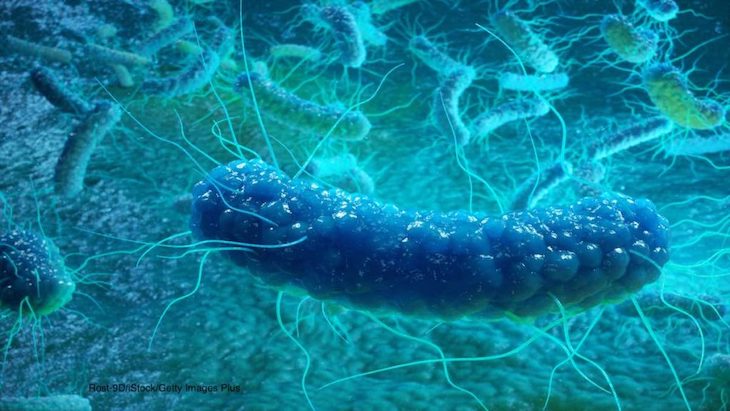FDA’s CORE Response Teams have published information about food poisoning outbreaks for the last month or so on their CORE Investigation Table. This table lists recent outbreaks caused by E. coli, Salmonella, Listeria monocytogenes, Campylobacter, and other pathogens. This table sometimes links to actionable steps for consumers to take, but may not. At this time, there is no information about the potential food source for the new Salmonella Potsdam outbreak.

In the case of this new outbreak that was added to the table today, seven people are sick. The case is active. And no product or establishment has been linked to these illnesses yet.
Salmonella Potsdam is a rare pathogen. In fact, there has only been one food poisoning outbreak caused by that bacteria in the last 20 years and that one occurred in New South Wales. In 2011, emergence of Salmonella Potsdam as a major serovar in waterfowl hatcheries and chicken eggs was studied by the National Institutes of Health in 2011.
In 2002, a Salmonella Potsdam outbreak that was associated with a salad dressing served at a restaurant sickened at least 12 people in New South Wales. Illness onset dates ranged from January 27 and February 7, 2002.
The epidemiologic investigation did not find the pathogen in a food source, but shell egg-based Caesar salad dressing and mayonnaise, along with a swab of a cap from a mayonnaise bottle collected from the restaurant in question both tested positive for Salmonella Potsdam. In addition, environmental and laying hen feed samples from the egg supplier to the restaurant, and meat meal, which is the major component of laying hen feed, tested positive for various Salmonella serotypes.
Investigators found issues with inadequate cleaning, time-temperature abuse, and ignorance of the hazardous nature of raw shell eggs at the restaurant level. And at the egg production plant, there were problems with cleaning, storage, and bacterial monitoring of the final product.
Public health interventions were conducted, which “likely prevented further cases of foodborne disease” in New South Wales.
Symtpoms of a Salmonella food poisoning infection include a fever, nausea, vomiting, stomach and abdominal cramps, and diarrhea that may be bloody. People usually start feeling sick a few hours to a few days after exposure to this pathogen. We will continue to cover this new Salmonella Potsdam outbreak as the FDA investigation continues.

If you or a loved one have been sickened with a Salmonella infection, please contact our experienced attorneys for help at 1-888-377-8900 or 612-338-0202.




